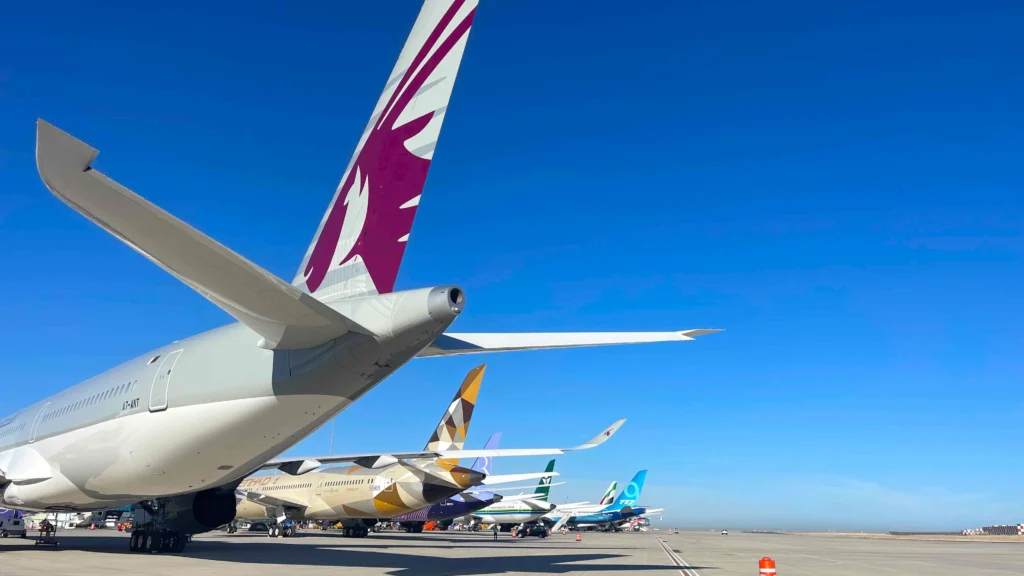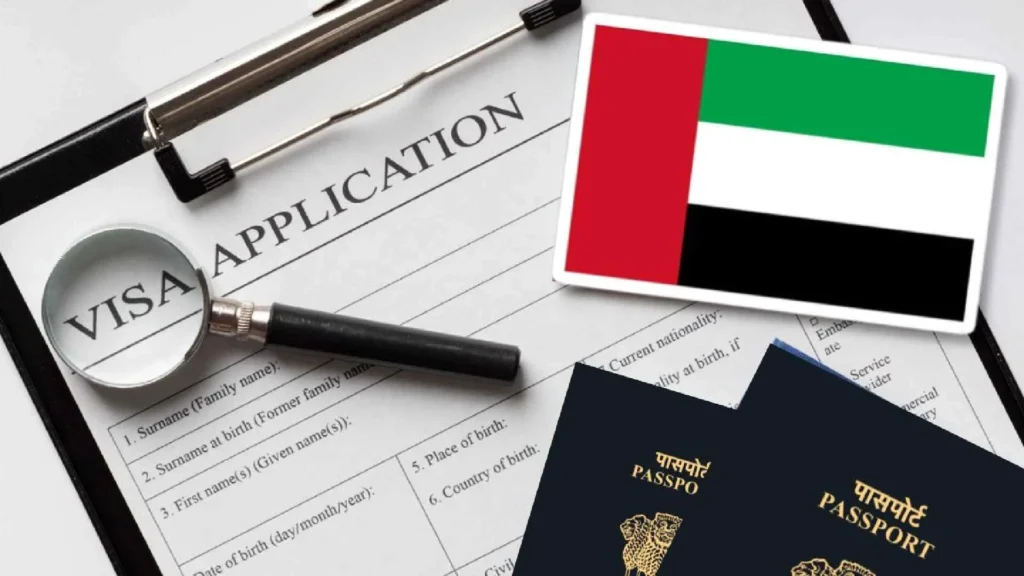
ABU DHABI— In a landmark move to streamline regional travel and boost tourism, six Gulf countries are working to launch a Unified Tourist Visa by late 2025 or early 2026.
The initiative—similar to Europe’s Schengen system—would permit seamless travel across Bahrain, Kuwait, Oman, Qatar, Saudi Arabia, and the United Arab Emirates (UAE).
This multi-nation visa, driven by the Gulf Cooperation Council (GCC), will initially allow tourists to travel for up to 30 consecutive days across member states.
The visa is meant for tourism and short-term visits and does not permit employment or long-term stays. The six countries aim to finalize operational logistics in the coming months.
 Photo- VFS Global
Photo- VFS GlobalGulf Countries Plan Unified Visa
The Unified Tourist Visa is modeled on the European Schengen visa concept, though with key differences. Travelers will still undergo border and passport control when entering each country, as the Gulf region does not currently support true open-border travel.
Today, visa requirements in the GCC vary widely depending on nationality. For instance, U.S. passport holders can enter the UAE visa-free, while Kuwait offers visas on arrival. The unified visa aims to simplify entry for travelers who currently require a visa, without affecting visa-free privileges for others.
The initiative will enable eligible tourists to explore multiple countries without applying for separate visas—enhancing convenience for cruise passengers and event-goers who plan to visit multiple GCC states in one trip.
 Photo: Dubai Air Show
Photo: Dubai Air ShowEconomic Diversification Drives the Policy
The push for a multi-nation visa stems from the GCC’s collective effort to diversify economies away from oil and elevate their global tourism profiles.
While the UAE leads the pack, with Dubai benefiting from its liberal travel policies and the expansive Emirates Airlines network, other nations are catching up.
Qatar has sought to maintain its tourism momentum following the 2022 FIFA World Cup. Meanwhile, Saudi Arabia is heavily investing in megaprojects and aims to transform into a global tourism hub through its Vision 2030 strategy.
Interestingly, the idea for a unified visa gained traction through event-driven tourism. As noted by the Saudi Tourism Authority’s CEO, large-scale entertainment events—like a Taylor Swift regional tour—require cross-border coordination and ease of movement. This multi-national visa could be a crucial tool for that level of regional planning.
 Photo- Dubai Tour Pro
Photo- Dubai Tour ProCruise Travel and Logistics Improvement
The GCC’s cruise industry is expected to be a major beneficiary of the unified visa. Currently, passengers on multi-country itineraries must obtain separate visas for each port of call.
A single GCC-wide visa would eliminate this friction, potentially making the region more attractive to international cruise lines.
For business travelers and frequent fliers, stakeholders have also proposed introducing a multi-entry, long-duration visa in the future.
This would benefit those regularly transiting through major hubs like Dubai (DXB), Doha (DOH), or Riyadh (RUH).
 Photo- Royal Visa Dubai
Photo- Royal Visa DubaiCautious Optimism
Despite its promise, the project faces bureaucratic hurdles. Coordinating immigration policies among six sovereign nations—each with its own legal, administrative, and security frameworks—is complex.
Although officials target a 2025–2026 rollout, such timelines are often subject to delays and policy adjustments.
Nonetheless, tourism stakeholders remain optimistic. The GCC’s ability to execute large-scale collaborative projects, as demonstrated during regional events like the World Cup and Expo 2020 Dubai, indicates potential for successful implementation.
Stay tuned with us. Further, follow us on social media for the latest updates.
Join us on Telegram Group for the Latest Aviation Updates. Subsequently, follow us on Google News
United States Adds $250 Visa Integrity Fee for International Travelers
The post Six Countries in Asia Plan New Unified Tourist Visa | Know More Here appeared first on Aviation A2Z.

 4 miesięcy temu
4 miesięcy temu










